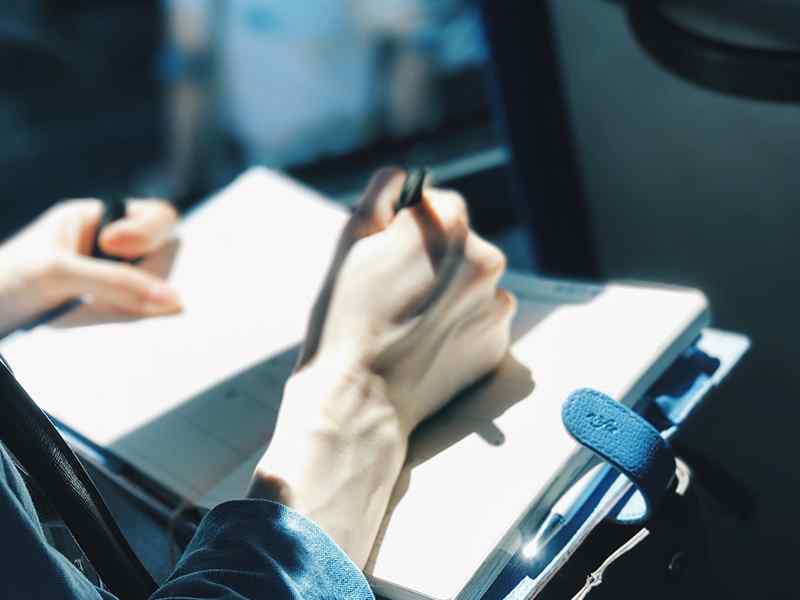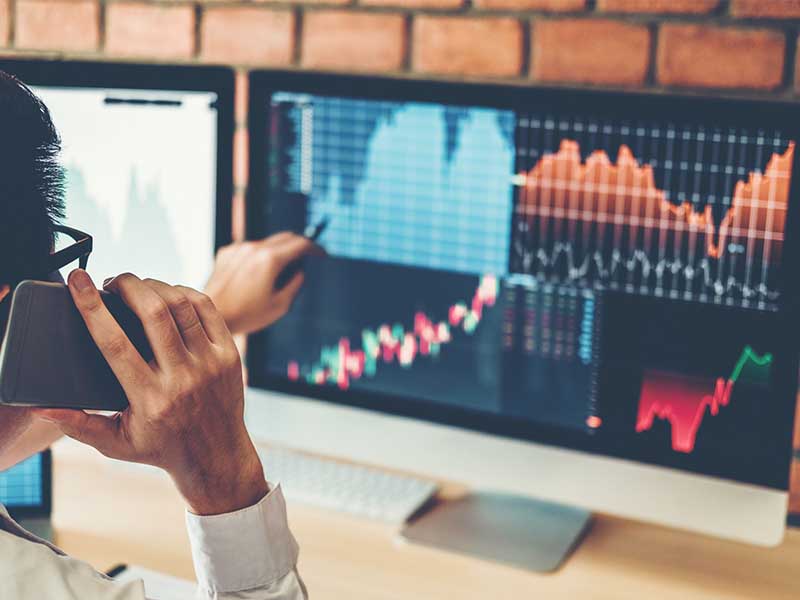
Establishing Good Forex Habits
The most successful forex traders are the ones who have established good habits and stick to them. We’ve put together a list of some of the structures, processes and disciplines you can follow to become better at trading.
Research daily
Researching your chosen verticals should be the first habit you form. Understanding what success and failure looks like for your targets is the first step to knowing what to trade and when.
Know when to cut your losses
Don’t get emotionally attached to an investment - this isn’t about whether you were right or wrong. If it’s not making you money, and shows no sign of improving, get out of that position and research what to invest in next.


Scale investments based on performance
Simply put: if your positions are doing well, increase your investment; if they’re not performing, scale back.
Move your money fast
Move funds and trade instantly with a Skrill digital wallet, which allows you to keep track of how much you’re investing at any given time. Speed is essential for successful trading: the global market moves all the time, and you need to make sure you’re keeping on top of it.


Take responsibility
Don’t blame everything on markets, other traders or bad luck: at the end of the day, you are making the investments. If you can take responsibility for your strategy, then you can improve it for future gains.
Be flexible
By adapting and improvising, you’ll do better than traders that are set in their ways.
That doesn’t mean you should chop and change your investments at the first sign of movement. Be prepared to abandon an open position if things aren’t going your way, while at the same time keeping enough margin to respond to fresh opportunities.
Track and analyse performance
Recording is as important as researching, allowing you to draw trends and parallels between your daily habits and wider strategy.
Use a spreadsheet to keep track of daily profit highs, averages and profitable trading seasons. Keep a journal, so you can understand why you made trades.
With the right kind of data, you’ll be able to make informed decisions tailored to your personal investment portfolio.


Understand the technical
Technical trading is the theory that you can use past price movements to more accurately understand the current conditions and anticipate what might happen next. To start, simply follow the recent highs and lows and extrapolate these to find the averages.
This would work by allowing you to set expectations: if future events on the marketplace exceed these averages, you’ll be able to tell immediately that it is a good time to trade. And if they’re below average, you’ll know not to move on that particular deal.
Once you’re comfortable, collate this performance analysis and research data into more complex techniques, like Fibonacci Retracement Levels.
Understanding and being aware of these measurements is important for any successful forex trader.
Watch other markets
Focus on forex, but always remember that trading doesn’t happen in a vacuum. The behaviour of other markets on a financial and political scale will give you an insight into how currencies are likely to perform on a given day.

Protect your profits
This should be a mantra you repeat to yourself. Withdraw your profits regularly, whether you take part, or all of it. Gains can turn into losses very quickly, so don’t overstretch yourself and don’t get greedy.
Making profit on the forex market requires persistency and consistency with your strategy. Adopting these habits should put you in good stead when trading forex.




